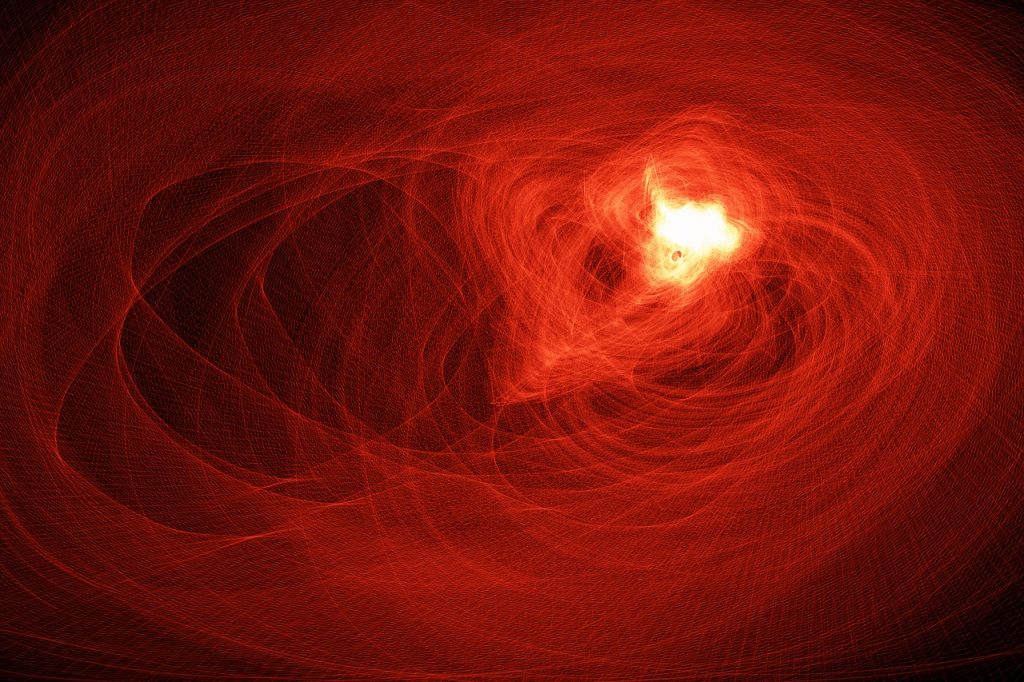
by: Jingyi Wu and Helen Meskhidze
One crucial aspect of the highly celebrated and empirically successful theory of General Relativity (GR) is the metric. The metric simultaneously encodes information about spatial distance and temporal duration. GR provides a relationship between the geometric part of the theory–the spacetime metric– and the physical part of the theory– the energy-momentum distribution.
Given the success of GR and the crucial role played by the spacetime metric, we expect that it’s important to recover something like the spacetime metric from a quantized theory of gravity (which seemingly lacks a metric structure). The emergence of the metric from various theories of quantum gravity is a current topic of interest and was recently discussed at the Foundations of Cosmology and Quantum Gravity conference in Abu Dhabi in January 2020. One of the keynote speakers, Daniele Oriti, spoke about the distinctions between various levels at which spacetime emerges from quantum gravity, especially in the context of group field theory (for more, see here). Another keynote speaker, Karen Crowther, offered two ways we could understand the emergence of spacetime: synchronic emergence and diachronic emergence. In this post, we focus on Crowther’s two notions and connect them to older discussions in the philosophy of emergence literature.
According to Crowther, synchronic emergence, or hierarchical emergence, occurs between two theories–a higher level theory A and a lower level theory B–that describe the same phenomenon. At some point, a novel object/entity emerges in A, but not in B. This is the conception of emergence many are familiar with and can describe the emergence of a flock from an underlying arrangement of birds. In diachronic emergence, or flat emergence, the same phenomenon is described at two different times by the same theory. At the later time, a novel object/entity emerges according to the theory.

To apply these notions of emergence to the context of the spacetime metric, we treat quantum gravity as a lower level theory and general relativity as a higher level theory. We then expect the spacetime metric, an object in the higher level theory of GR, to emerge from the lower level theory of quantum gravity. There are some difficulties in applying either conception of emergence to this context however. On the one hand, we expect GR to fail at very short length scales right after the Big Bang. In order to describe the universe at that time, we do not have two theories required for synchronic emergence. On the other hand, for space and time to emerge as novel objects at a later “time”, we must have a prior notion of “time.” However, it is unclear how to simultaneously treat time as a variable, as required by diachronic emergence, and as a novel, emergent object (see Huggett and Wuthrich 2017 for more).
It is also instructive to compare and contrast Crowther’s understanding of emergence to the more traditional discussions on intertheoretic emergence and reduction in philosophy of science. Traditionally commentators have treated emergence and reduction as competing notions–if an entity is emergent in a higher level theory, then it is almost by definition not reducible to the lower level theory. However, Crowther requires that the higher level theory to be completely reducible to the lower level theory in synchronic emergence. If one were to insist on the traditional incompatibility between emergence and reduction, Crowther might suggest a more subtle treatment: we can have truly novel, epistemic emergence while maintaining ontological reduction.